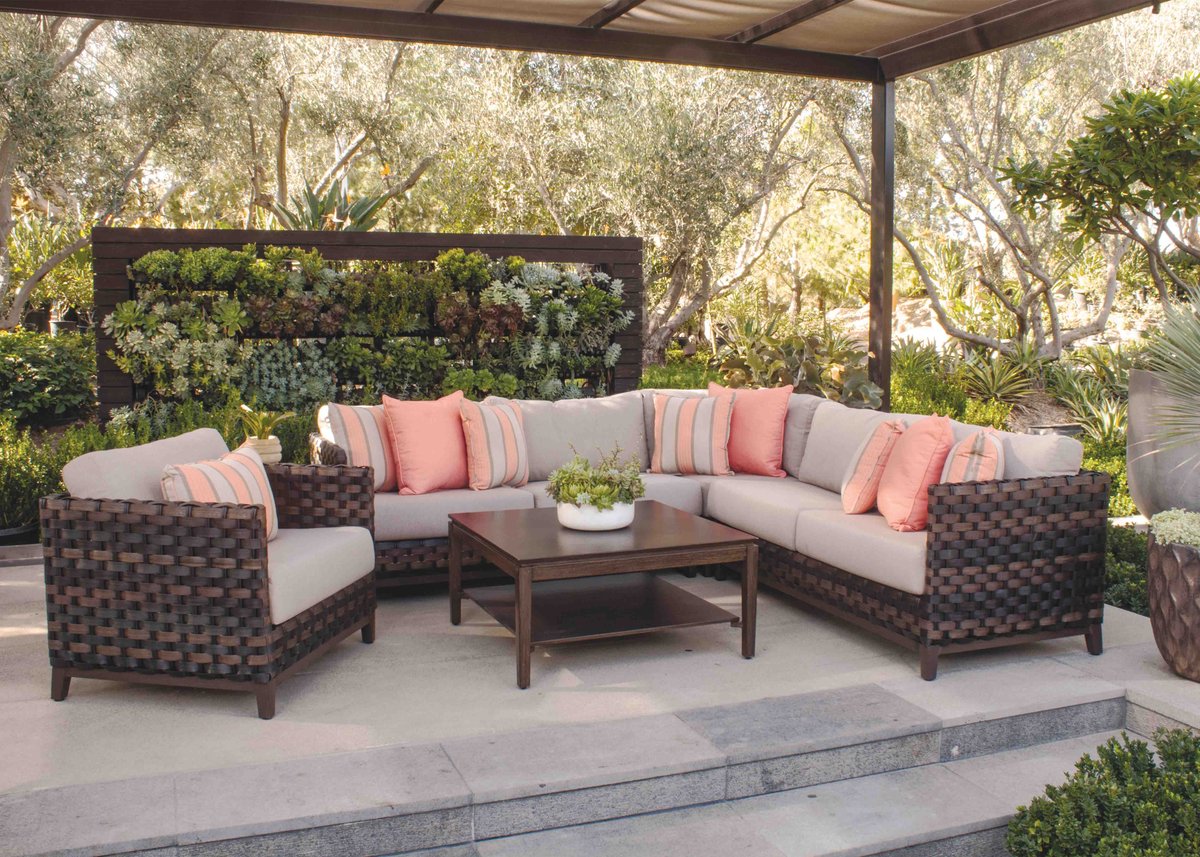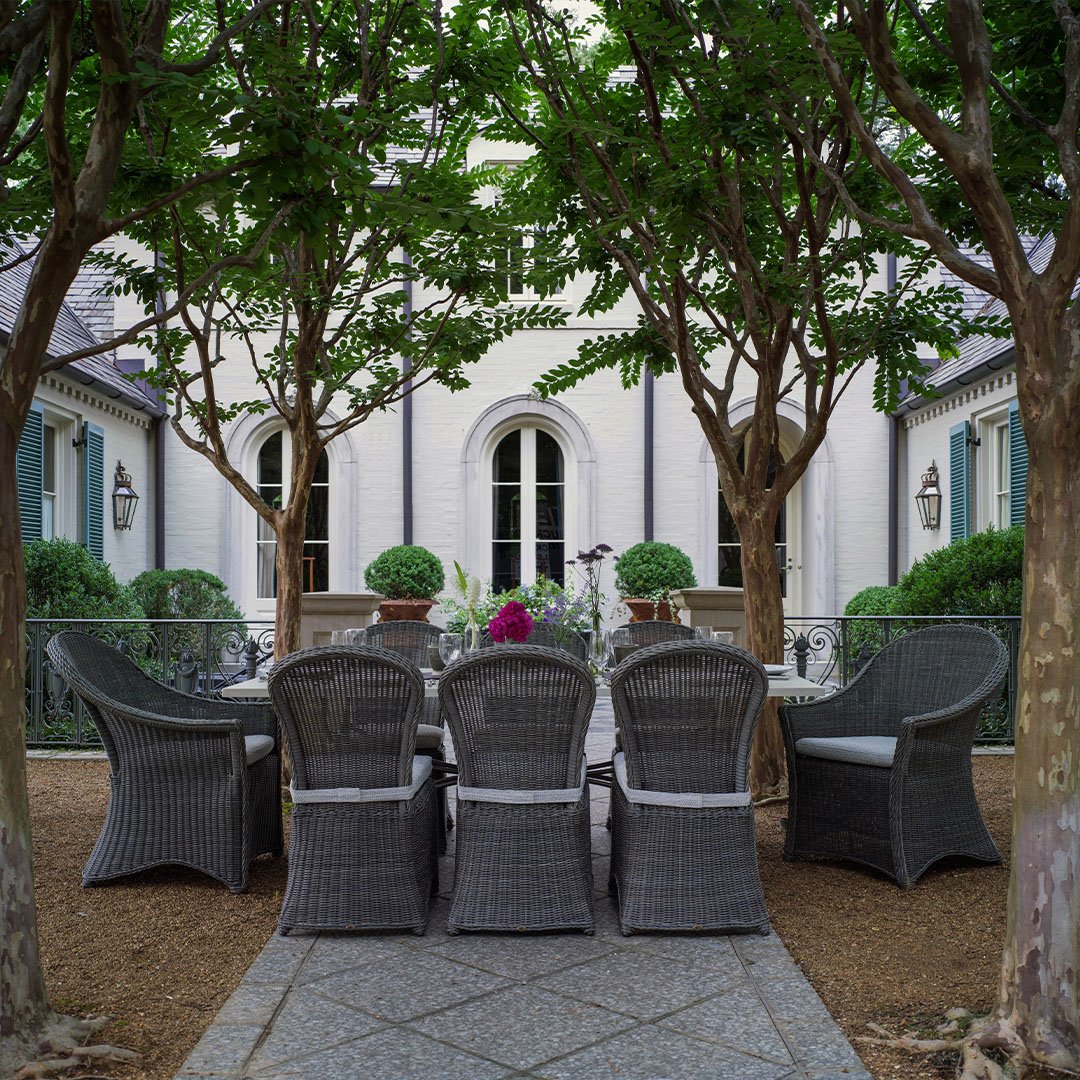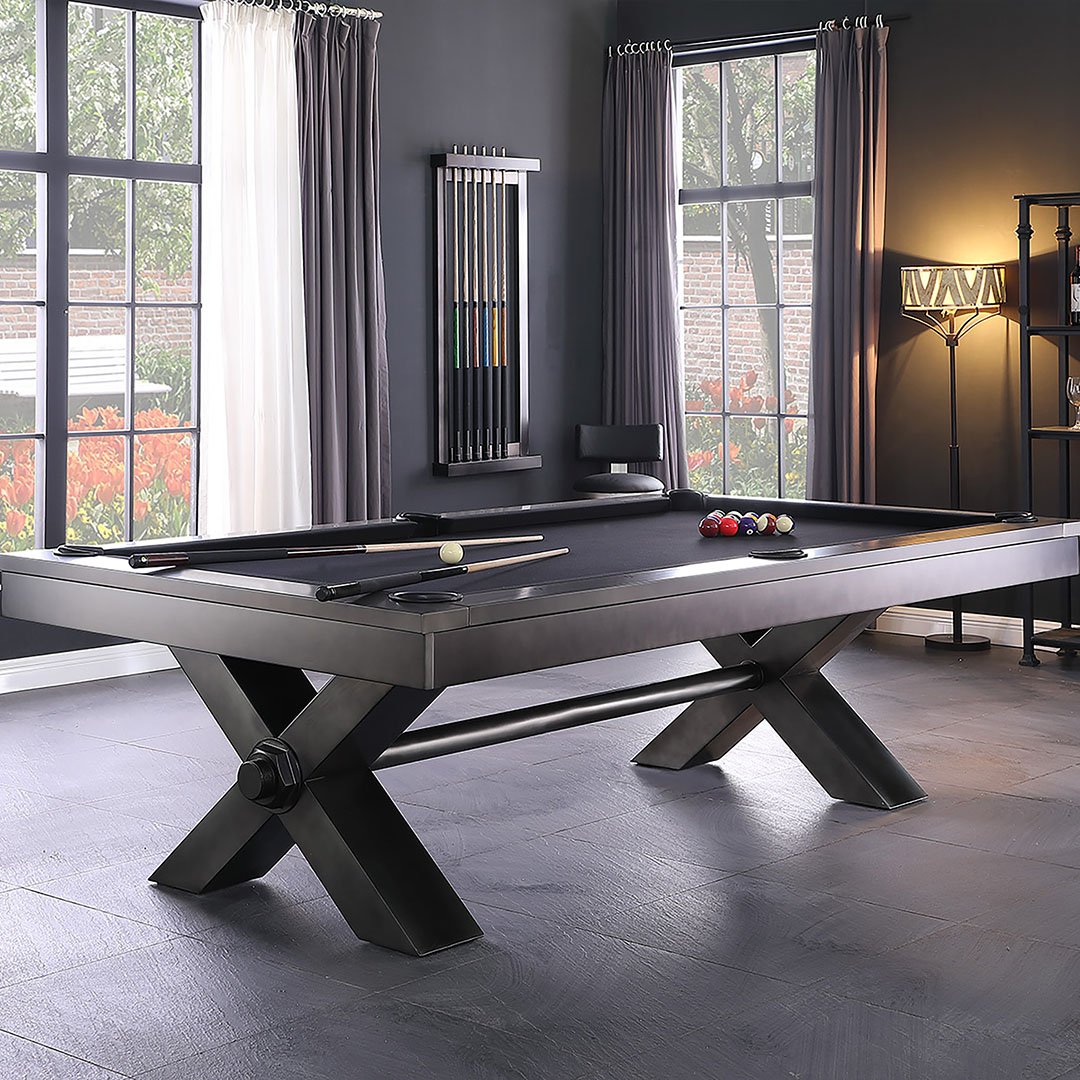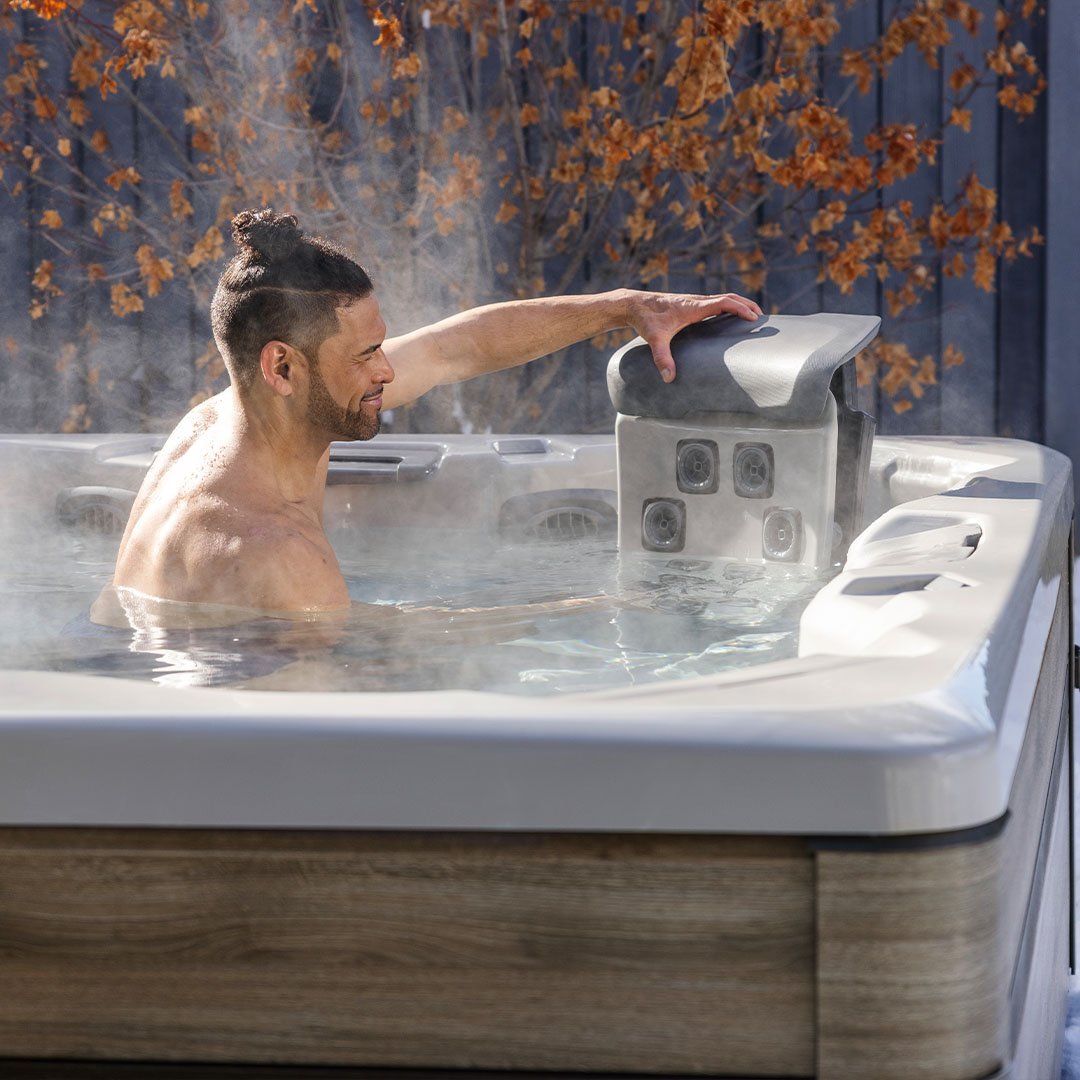Essential Tips for Outdoor Furniture Maintenance
When it comes to outdoor furniture, proper maintenance is important so that it can last for years to come. Whether you already have outdoor furniture or you're in the market for some new additions to your outdoor space, here are some essential tips to keep in mind.
Choosing the Right Materials for Outdoor Furniture
Choosing the right materials for your outdoor furniture helps to ensure longevity, weather resistance, and aesthetic appeal. It can also make your furniture easier to clean and maintain.
With so many options available, it can be tough to know which materials are the best fit for your outdoor space. Let's take a look at some of the most popular materials for outdoor furniture and the factors to consider when making your selection.
Weather-resistant materials
One of the first things to consider when choosing outdoor furniture materials is weather resistance. Your outdoor furniture will be exposed to harsh elements like rain, sunlight, and wind, which can take a toll on its appearance and durability. Some weather-resistant materials include:
- Wicker: Wicker furniture is a popular choice for outdoor spaces, however, not all wicker furniture is weather-resistant. Look for weather wicker, which is a synthetic material made from resin that provides superior protection from the elements.
- Metal: Metal furniture is another durable option for outdoor areas. Aluminum is a popular choice because it resists rust and corrosion. Steel and wrought iron are also weather-resistant, but they require more maintenance to prevent rust.
Durability and longevity
Along with weather resistance, you'll also need to consider durability and longevity when selecting outdoor furniture materials. Furniture that is exposed to the elements must be able to withstand wear and tear while maintaining its structural integrity. Some durable materials include:
- Wood: Teak is a type of wood that is known for its strength and durability. It can withstand different weather conditions and insects, making it a popular option for outdoor furniture. Another popular choice is cedar, which is lightweight, durable, and has natural insect-repelling properties.
- Plastic: Plastic furniture is a low-maintenance option that is resistant to fading, cracking, and warping. It's suitable for all climates and can withstand exposure to UV rays and extreme temperatures. Resin wicker is also a durable option due to its resistance to moisture and fading.
Aesthetics and design
While weather resistance and durability are important considerations when selecting outdoor furniture materials, you also want your furniture to look good and enhance the ambiance of your outdoor area. Some aesthetically pleasing materials include:
- Wood: Wood furniture provides a natural and rustic look that can add warmth and elegance to your patio or outdoor area. However, wood requires more maintenance to protect it from the elements and preserve its appearance.
- Metal: Metal furniture comes in a variety of designs and styles, from sleek and modern to ornate and traditional. It can add a touch of sophistication and elegance to your outdoor space.
- Plastic: Plastic furniture and weather wicker come in a range of colors and styles with versatile options that can complement any outdoor decor.
Cleaning and Maintaining Different Outdoor Furniture Materials
Outdoor furniture is an essential part of any outdoor space. Regardless of the material, proper care and maintenance will help extend the longevity of your furniture and enhance its overall appearance. Here are some tips to help you clean and maintain outdoor furniture made from different materials.
Wood Furniture Care
Wood furniture is a popular choice for outdoor spaces due to its natural beauty and durability. Different types of wood furniture require proper care and maintenance to prevent it from deteriorating over time.
Teak Wood Maintenance
Teak wood is a popular material for outdoor furniture because of its natural resistance to decay and insects. To maintain its appearance, you can clean it using a mixture of mild liquid soap and water. Apply the soapy solution using a bristle brush and allow it to sit for a few minutes. Rinse off the solution using clean water and let the furniture dry completely. You can also use fine-grit sandpaper to remove any stains or discoloration.
Eucalyptus Wood Upkeep
Eucalyptus wood is another popular material for outdoor furniture due to its durability and resistance to decay. To maintain it, clean the wood using a mild soapy solution and a bristle brush. Rinse off the solution using clean water and allow the furniture to dry completely. If the furniture becomes faded or grayed, you can apply a coat of teak oil to restore its natural color.
Metal Furniture Maintenance
Metal furniture is also a popular choice for outdoor spaces due to its durability and low maintenance. However, it can be prone to rusting and fading over time.
Aluminum and Steel Care
To maintain the appearance of aluminum and steel furniture, clean it using a mild soap solution and a soft cloth. Rinse off the solution using clean water and dry the furniture completely. For stubborn stains, you can use a wire brush to remove any debris or dirt.
Wrought Iron Care
Wrought iron furniture is known for its durability. You can clean it using a mild soap solution and a bristle brush. Rinse off the solution using clean water and let the furniture dry completely. Apply a coat of wax to protect the furniture from rusting and other damage.
Plastic and Resin Furniture Upkeep
Plastic and resin furniture is a popular choice for outdoor spaces due to its affordability and low maintenance. However, it can be prone to fading and cracking over time.
To maintain plastic and resin furniture, clean it using a mixture of dish soap and water. Apply the soapy solution using a soft cloth and rinse off using clean water. Allow the furniture to dry completely before using it. If the furniture becomes faded or discolored, you can use a mild soapy solution to restore its appearance.
Upholstery and Cushion Care for Outdoor Furniture
Cushions and fabric play a big role in your outdoor furniture experience, as they provide comfort and they enhance the appearance of your set. Here are some tips on how to take good care of your outdoor furniture cushions and upholstery.
Fabric Selection and Resistance
When it comes to selecting the right fabric for your outdoor furniture upholstery and cushions, you need to choose a material that is both durable and weather-resistant, such as Sunbrella fabrics. These fabrics are designed to be resistant to fading, mildew, and stains, and they are also easy to clean.
If you prefer something different, some other weather-resistant textiles to choose from include olefin, polyester, and acrylic. It's important to consider that some cushions are water-resistant, which means they repel water on their surface but aren't waterproof. In contrast, waterproof cushions are entirely water resistant, whatever the occasion.
Cleaning and Storing Cushions
When cleaning outdoor furniture cushions, the best way to start is by removing any loose dirt and dust with a bristle brush. Begin with a soft wire brush and slowly move your way up to a stronger bristle brush for more intense stain removers. To remove food stains, mix a solution of water with some dish soap and apply it to the affected area, following up with a bristle brush.
For cushions that are heavily soiled, perform a deep clean by soaking them in warm water with a mild liquid soap for about 30 minutes and scrub them with bristle brushes, then rinse them with a hose and let them dry in the sun. Never put wet cushions back into their covers, as this can cause mildew and mold to grow. Instead, let them dry completely and store them in a clean, dry place.
Preventing Mold and Mildew Growth
To prevent mold and mildew growth on outdoor furniture cushions, you should clean them regularly and avoid placing them directly on the ground, as this can trap moisture and promote the growth of mold and mildew. You should avoid leaving cushions outside in extreme weather conditions, especially during heavy rainfall.
If your cushions do become infiltrated with mold or mildew, you should attack it swiftly with water mixed with a little vinegar or a mild chlorine bleach solution to help kill the growing mold spores and eliminate any musty odors. Rinse the cushions thoroughly with a hose and allow them to dry completely before storing.
Seasonal Maintenance Tips for Outdoor Furniture
Exposure to the elements can cause wear and tear, and eventual damage to your outdoor furniture, and each season presents its own unique set of challenges. Here's what you need to know to clean and maintain your outdoor furniture at any time of year.
Preparing Outdoor Furniture for the Summer Season
With the arrival of summer comes the perfect opportunity for outdoor relaxation and entertainment. However, before you start enjoying your outdoor furniture, you need to prepare it for the season:
1. Clean your furniture: Before you use your outdoor furniture, give it a thorough cleaning. Depending on the type of furniture, you can use a mild soapy solution or a specific cleaning agent recommended for it.
2. Check for damage: Before use, inspect your outdoor furniture for any signs of damage. Check the joints, as well as any screws or bolts, to ensure they are tight. If you notice any damage, repair it if possible or consider replacing the furniture if it is beyond repair.
3. Apply protective measures: Applying a protective coating, such as a sealant or a coat of wax, can help protect your outdoor furniture from damage caused by exposure to the sun, rain, and humidity. Some materials, such as teak wood, need to be oiled to help retain their natural color and texture.
4. Store your furniture: If you live in an area with harsh summer conditions, such as extreme heat or strong UV rays, consider storing your outdoor furniture indoors or under a shade structure to protect it from damage. This can prolong the life of your furniture and save you money in the long run.
Winterizing Your Outdoor Furniture
Winter is not kind to outdoor furniture, and if you leave your furniture unprotected, you risk severe damage. Here are some tips to help you winterize your outdoor furniture:
1. Clean your furniture: Before storing your outdoor furniture, clean it thoroughly using the appropriate cleaning method outlined above.
2. Take furniture indoors: If possible, store your outdoor furniture indoors to protect it from harsh winter conditions. If you don't have enough space, consider renting a storage unit to keep your furniture safe and dry over winter.
3. Cover your furniture: If you can't take your furniture indoors, cover it with a weather-resistant cover. This can help protect your furniture from damage caused by exposure to wind, snow, and moisture. However, make sure the covers fit snugly around the furniture to prevent moisture and pests from seeping in.
4. Elevate your furniture: If you're leaving your outdoor furniture outside, elevate it with bricks or blocks to prevent it from sitting in standing water or snow. This can help prevent damage caused by rot and mildew.
Protection from Pests and Animals
Outdoor furniture can attract pests and animals, which can cause damage and make the furniture unsanitary. Some ways that you protect your furniture include:
1. Use deterrents: Use chemical or natural deterrents, such as peppermint oil, to keep pests and animals away from your outdoor furniture. You can also use mothballs or ammonia, but make sure to apply them away from food and people, as they can be toxic.
2. Cover your furniture: A weather-resistant cover can help keep pests and animals away from your outdoor furniture. If you're dealing with birds, use a netting cover that can keep them from perching on the furniture.
3. Repel with plants: Some plants, such as lemongrass, citronella, and lavender, are natural repellants for pests and animals. Consider planting them around your outdoor area or using essential oils made from them to repel pests and animals from your furniture.
4. Use traps: For persistent pests and animals, use traps or baits designed to capture or repel them. However, make sure to place them in areas away from food, children, and pets.
Repairing and Restoring Outdoor Furniture
Outdoor furniture tends to wear and tear faster than indoor furniture because it is exposed to the elements. Even with proper care and maintenance, you may need to repair or restore your outdoor furniture at some point.
Addressing Structural Issues
Structural damage is a common issue with outdoor furniture. Chairs and tables may begin to wobble or become unstable with regular use. These issues can often be fixed by tightening screws and bolts, replacing missing parts, or gluing any loose joints.
If the damage is more severe, such as a broken leg or armrest, you may need to replace the damaged part entirely. For metal furniture, you may need to weld the broken part back together or have a professional do it for you.
Refinishing Surface Treatments
Over time, the surface treatments on outdoor furniture may chip or fade. This is especially true of painted or stained wood furniture. One solution is to refinish the furniture with a new coat of paint or stain that matches the original finish.
Before refinishing, make sure to properly clean the furniture with a mild soapy solution of warm water and mild liquid soap. Avoid using harsh chemicals or abrasive materials, as they can damage the surface of the furniture. Rinse thoroughly and let dry completely before applying the new finish.
Replacing Damaged Parts
If a part of your outdoor furniture is beyond repair, it may be necessary to replace it. For instance, the cushion covers may become worn or faded. In this case, you can either purchase new covers or have them custom-made to fit your furniture.
Removable covers are often more durable and easier to clean than non-removable ones. You can also purchase replacement parts such as hardware, legs, and feet for your furniture. Make sure to carefully measure and match the original parts to ensure a proper fit.
Investing in Quality Outdoor Furniture and Maintenance
Investing in quality outdoor furniture can save you money in the long run. Look for furniture that is made of durable materials and is designed to withstand the elements. Chairs and tables made of plastic, metal, or weather wicker are good options for outdoor use.
Maintaining your outdoor furniture can also help extend its life. Regular cleaning with a mild soap solution and warm water can prevent the buildup of dirt and grime that can damage the furniture. Covering your furniture when not in use, or storing it indoors during the off-season, can also protect it from the elements.
Enjoying Your Outdoor Space for Years to Come
Your outdoor space should be a place where you can relax and enjoy the outdoors. Taking the time to repair and restore your outdoor furniture can help ensure that you can continue to do so for years to come. By following the tips above, you can address common issues with outdoor furniture, invest in quality pieces, and maintain them properly for maximum durability.
Remember, when it comes to enjoying your outdoor space, proper furniture maintenance is key. With a little care and attention, you can keep your outdoor furniture looking and functioning at its best for many years to come.
If you’re interested in finding new outdoor furniture, Watson’s has everything you need.
When you shop with us, you’ll find an amazing selection and personalized service, along with the guaranteed lowest prices in the USA. We have a wide variety of outdoor furniture from the leading brands along with tons of accessories to make your outdoor space complete. Shop online or stop by your nearest Watson’s location today.
FAQs
How do you take care of outdoor furniture?
To take care of outdoor furniture, follow these steps:
1. Clean regularly: Outdoor furniture should be cleaned regularly with mild soap and water. This will help prevent dirt and debris from building up and damaging the furniture.
2. Store furniture when not in use: When not in use, furniture should be stored in a dry, covered area. This will protect the furniture from the elements and prevent rusting and fading.
3. Apply protective coatings: Apply protective coatings to the furniture every few years to help protect it from the elements. This will help prevent rusting and fading.
4. Use furniture covers: Use furniture covers to protect the furniture when it's not in use. This will help prevent damage from the elements and keep the furniture clean.
5. Check for damage: Regularly check the furniture for any damage and repair as needed. This will help extend the life of the furniture.
Is it OK to leave patio furniture out in the rain?
It's generally not recommended to leave patio furniture out in the rain unless it's specifically designed to withstand the elements. Over time, moisture can cause damage to furniture, including warping, rust, and mold growth. If possible, try to cover patio furniture during rainy weather or bring it indoors to help protect it from damage.
When should I oil my outdoor furniture?
It's best to oil outdoor furniture when the wood appears dry or faded, or at least once per year to maintain its appearance and protect it from the elements. During the warmer months, it may need to be oiled more frequently, especially if it's exposed to direct sunlight and moisture regularly. It's recommended to oil outdoor furniture in the spring before heavy use or in the fall before storing it for the winter.














